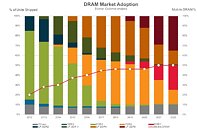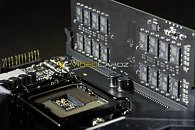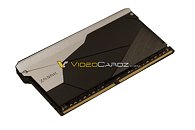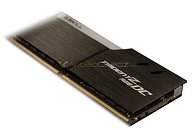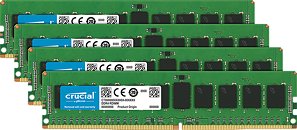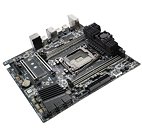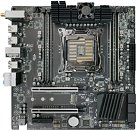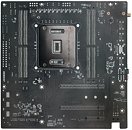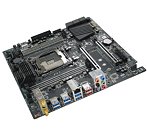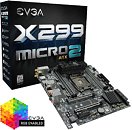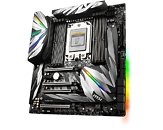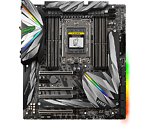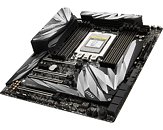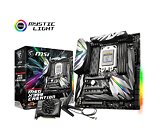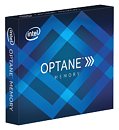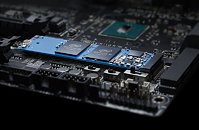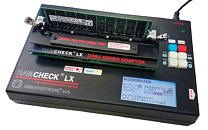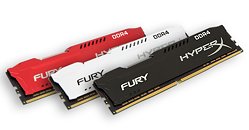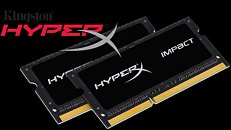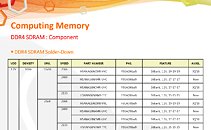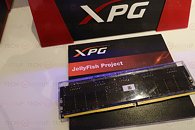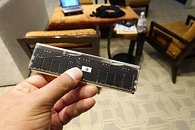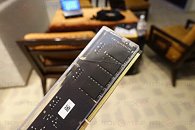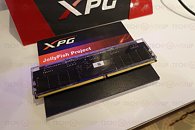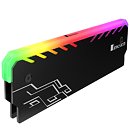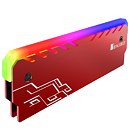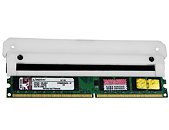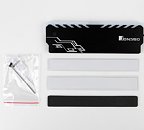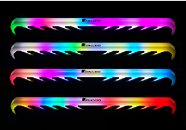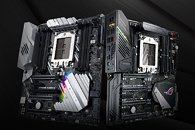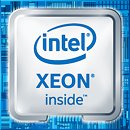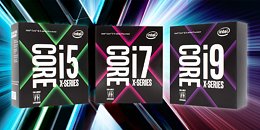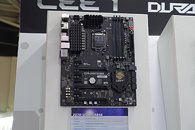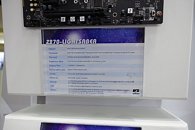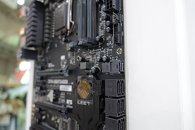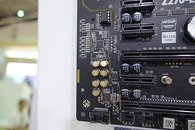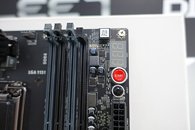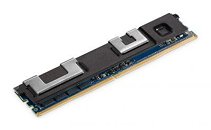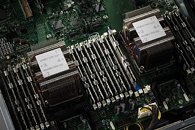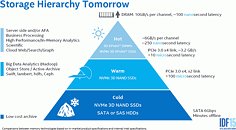
Cadence, Micron Update on DDR5: Still On Track, 1.36x Performance Increase Over DDR4 at Same Data Rate
DDR5 will be the next step in DDR5 memory tech, again bringing increased transfer speeds over the previous JEDEC (the standards body responsible for the DDR specifications) specification. The new memory technology will also bring the customary reductions in operating voltage - the new version will push the 64-bit link down to 1.1V and burst lengths to 16 bits from 1.2V and 8 bits. In addition, DDR5 lets voltage regulators ride on the memory card rather than the motherboard. CPU vendors are also expected to expand the number of DDR channels on their processors from 12 to 16, which could drive main memory sizes to 128 GB from 64 GB today.
DDR5 is being developed with particular attention to the professional environment, where ever-increasingly gargantuan amounts of addressable memory are required. One of the guiding principles over DDR5's development is a density increase (to allow 16 Gbit chips) that would allow for larger volumes of memory (and thus data processing) in the environments that need that. Reduced power consumption also plays a role here, but all of this will have a cost: latency. For end-users, though, this increased latency will be offset by the usual suspects (DDR memory companies such as Crucial, Corsair, just to name some started with the letter C) in tighter timings and increased operating frequencies. JEDEC's specification for DDR5 is set at 4800 MT/s, but it's expected the memory tech will scale to 6400 MT/s, and you know overclocking and performance-focused companies will walk all over the standard.
DDR5 is being developed with particular attention to the professional environment, where ever-increasingly gargantuan amounts of addressable memory are required. One of the guiding principles over DDR5's development is a density increase (to allow 16 Gbit chips) that would allow for larger volumes of memory (and thus data processing) in the environments that need that. Reduced power consumption also plays a role here, but all of this will have a cost: latency. For end-users, though, this increased latency will be offset by the usual suspects (DDR memory companies such as Crucial, Corsair, just to name some started with the letter C) in tighter timings and increased operating frequencies. JEDEC's specification for DDR5 is set at 4800 MT/s, but it's expected the memory tech will scale to 6400 MT/s, and you know overclocking and performance-focused companies will walk all over the standard.

